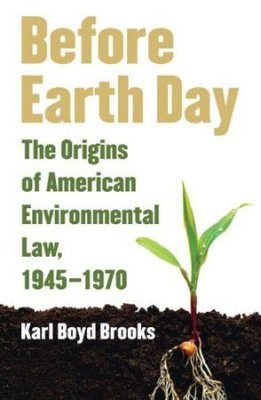Elizabeth Rosenblatt, Whittier Law School, is publishing The Great Game and the Copyright Villain in volume 23 of Transformative Works and Cultures (2017). Here is the abstract.
This essay explores the reactions of Sherlock Holmes fans and enthusiasts to assertions of intellectual property ownership and infringement by putative rights holders in two eras of Sherlockian history. In both the 1946–47 and 2013–15 eras, Sherlock Holmes devotees villainized the entities claiming ownership of intellectual property in Holmes, distancing those entities from Sir Arthur Conan Doyle and casting them as greedy and morally bankrupt. Throughout each era, Sherlockians did not shy away from creating transformative works based on the Holmes canon over the objections of putative rights holders. This complicates the usual expectation that copyright assertions against fans are likely to chill fan production. The essay explores possible reasons why Sherlockian fandom might differ from other fandoms in this respect, including the role of the Great Game form of Sherlockian fandom in shaping fan attitudes toward their subject.Download the article from SSRN at the link.






